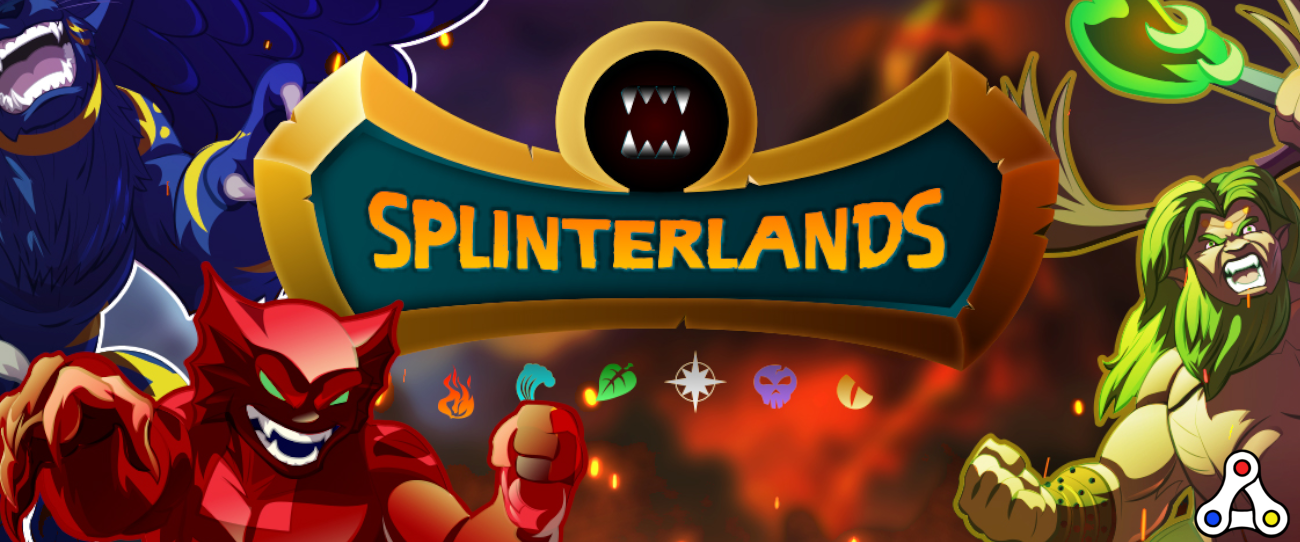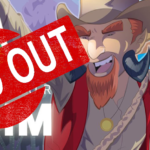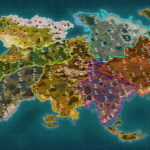With only three days on the countdown, the land sale for the trading card game Splinterlands is reaching its end. At the moment gamers can buy virtual land at a thirty percent discount. One land plot costs 14 dollars while claiming one hundred or even a thousand land plots comes with a discount. The Splinterlands land sale will end on December 31st.
The developers have organized three waves of land sales. The first sale offered a fifty percent discount and sold out within seconds. After that, a second land had a forty percent discount and sold out fast as well. At the moment the third and final pre-sale is taking place.
Aside from the land, players will also get raffle tickets. Each dollar spent will earn buyers one ticket. Prizes for the raffle include land plots and regions, ten thousand DICE packs, ten thousand booster packs, legendary totems, and other rewards.
At this moment there are still more than 18 thousand land plots available. That means that players already bought a total of more than 131 thousand land plots during the previous and current land sales.
What can you do with land?
At the moment the virtual land can’t be used yet. However, the developers will use the revenue from this pre-sale to develop a new gameplay mechanic called Items & Spells. It will add another layer of tactics to the Splinterlands card game battles.
Once players have selected their summoner and monsters for battle, they get to see each other’s deck. During that time players get to play these items and spells to boost their own team or debuff the opponent. These items and spells aren’t collectible cards, they are craftable. Players need to obtain resources and access to buildings in order to mint spells and items for themselves. As a result, players need resources from land to get the items and spells to boost their team.
Different lands, different use-cases
Not every land plot is the same. On the continent of Praetoria players will find fourteen different terrain types, ranging from plains, hills and swamps to lakes, deserts and badlands. In addition these plots can be natural, magical or occupied. Each land plot also has a rarity, which determines the amount of available resources.
Each plot of land can contain one building. Constructing and upgrading a building requires natural resources, and players can speed up construction time by spending their DEC tokens. Landowners can destroy a building freely, to receive some of the used resources. In order to make a building function, players need to deposit a worker. This can be any card in their collection. However, which card you use influences the RNG when minting Items & Spells.
The introduction of land comes with a whole set of economic layers. There will also be governance and castles. Players can rent land to each other. In a more in-depth look at the Splinterlands land uses, can be found here.
What is Splinterlands?
Splinterlands is a trading card game that started on the Steem blockchain as Steemmonsters. However, over time the project changed names. Now gamers can play the game on desktop and mobile devices, mainly using the Hive blockchain. Thanks to an intelligent functionality, cards and tokens can also be traded on the Ethereum blockchain.
Read our Splinterlands Game Guide and visit the Splinterlands website to start playing.
Splinterlands allows anybody to play and earn cards and other resources. Players need to create a set of cards to defeat their opponent. Cards come in different rarities with seven different stats. In addition these cards have abilities and come from seven factions. The way cards work together is dependent on all these different attributes.
Players earn cards by winning matches. They can combine cards to gain levels. After that, you can sell cards on the open marketplace for cryptocurrencies, or lease them to other players. The rarest cards are wanted assets, especially when there are tournaments.





